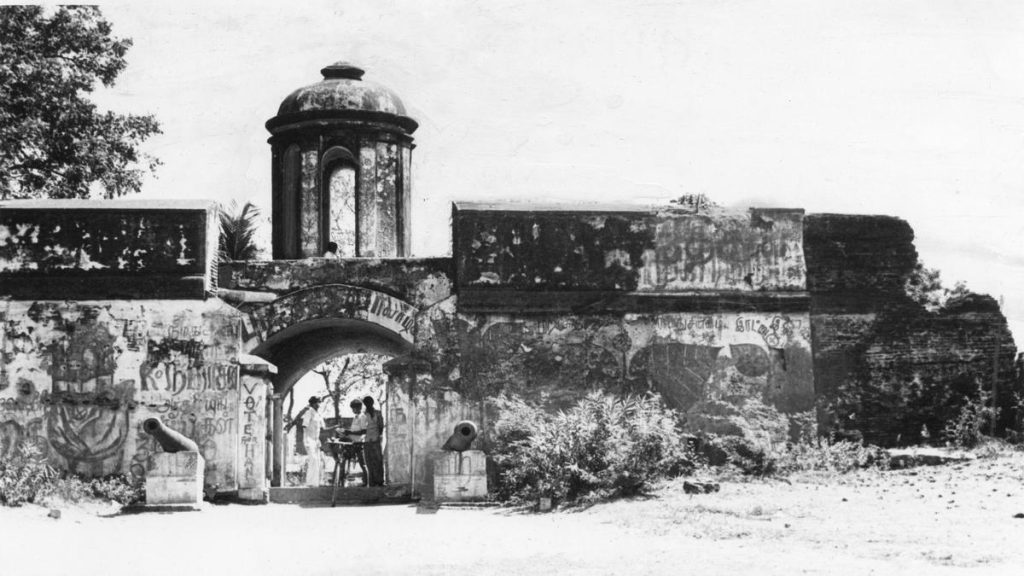Now Reading: Low Compliance with High-Security Registration Plates Revealed in LS Data
-
01
Low Compliance with High-Security Registration Plates Revealed in LS Data
Low Compliance with High-Security Registration Plates Revealed in LS Data

Speedy Summary
- HSRP Compliance Nationwide: Approximately 50% of registered vehicles in India are yet to install High Security Registration Plates (HSRPs), with 20.16 crore vehicles compliant out of 40.07 crore total registrations.
- Telangana Exemption: TelanganaS compliance status is unavailable due to the State’s migration to the Vahan 4 database.
- State Responsibility: Enforcement, pricing, and distribution of HSRPs are managed by State governments while rules are framed by the Central government under the Motor Vehicles Act.
- Counterfeit Concerns: Reports indicate circulation of fake HSRPs despite tamper-proof features required under Rule 50(1) of the Central Motor Vehicle Rules, 1989. Advisories have been issued to prevent unauthorised production and distribution.
- Price Discrepancies: The Central government clarified it does not regulate HSRP costs; concerns were raised over disproportionate pricing in Maharashtra compared to other States.
- Regional Variations in Compliance Rates:
– Lowest compliance: Lakshadweep, Andhra Pradesh, Kerala, Madhya Pradesh.
– Higher compliance: Jammu & Kashmir and Assam.
Indian Opinion analysis
The nationwide non-compliance with mandatory High Security Registration Plates presents significant challenges for vehicle security and traceability efforts aimed at curbing counterfeiting. States play a crucial role in implementation but face varying levels of success influenced by logistical constraints and regional priorities. Such as, Telangana’s delay due to database migration highlights technical barriers that may disrupt progress.
Price discrepancies between States like Maharashtra underscore a broader issue regarding affordability and accessibility for rural or economically disadvantaged communities-possibly slowing adoption rates further while creating inequality across regions.
Addressing counterfeit plate production requires stricter enforcement mechanisms beyond advisories already issued. A coordinated approach involving both manufacturers and State transport agencies is necessary for effective oversight.The uneven patterns seen across India-from better-performing zones such as Jammu & Kashmir or Assam versus lagging areas like Lakshadweep-reflect disparities that could compromise uniform enforcement. Ensuring timely upgrades on older vehicles via streamlined processes may be key for achieving comprehensive adherence in states like Telangana where confusion persists over regulatory mandates.Published Date: August 21, 2025
For more details Click here.























